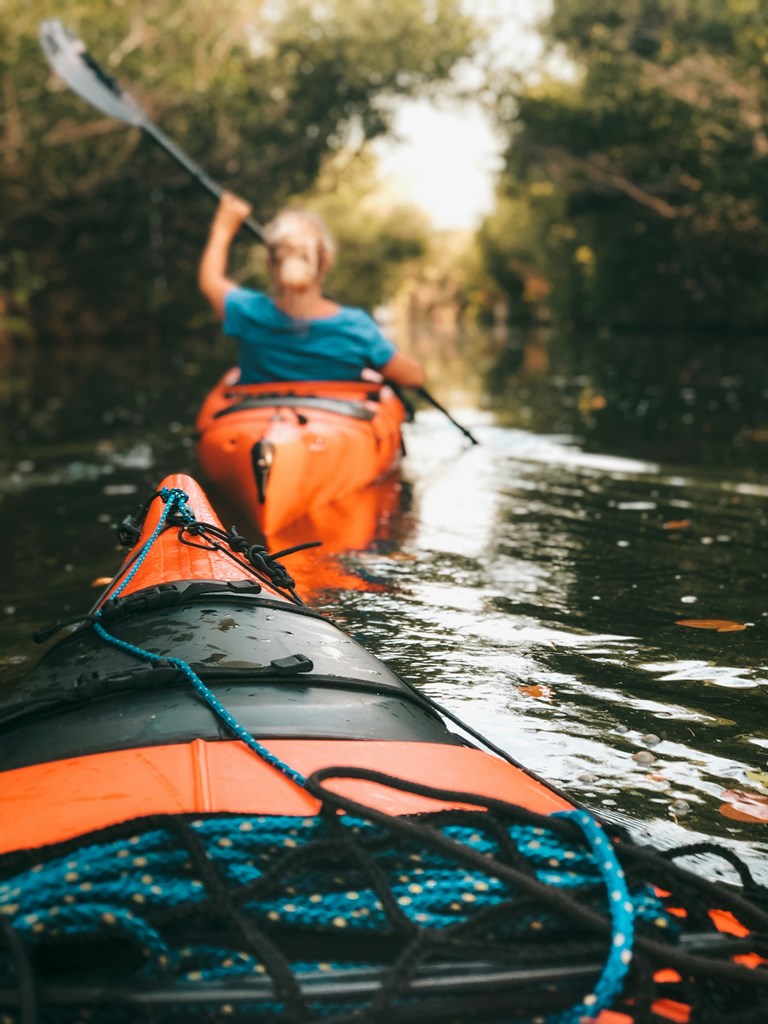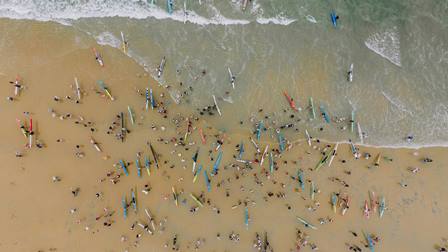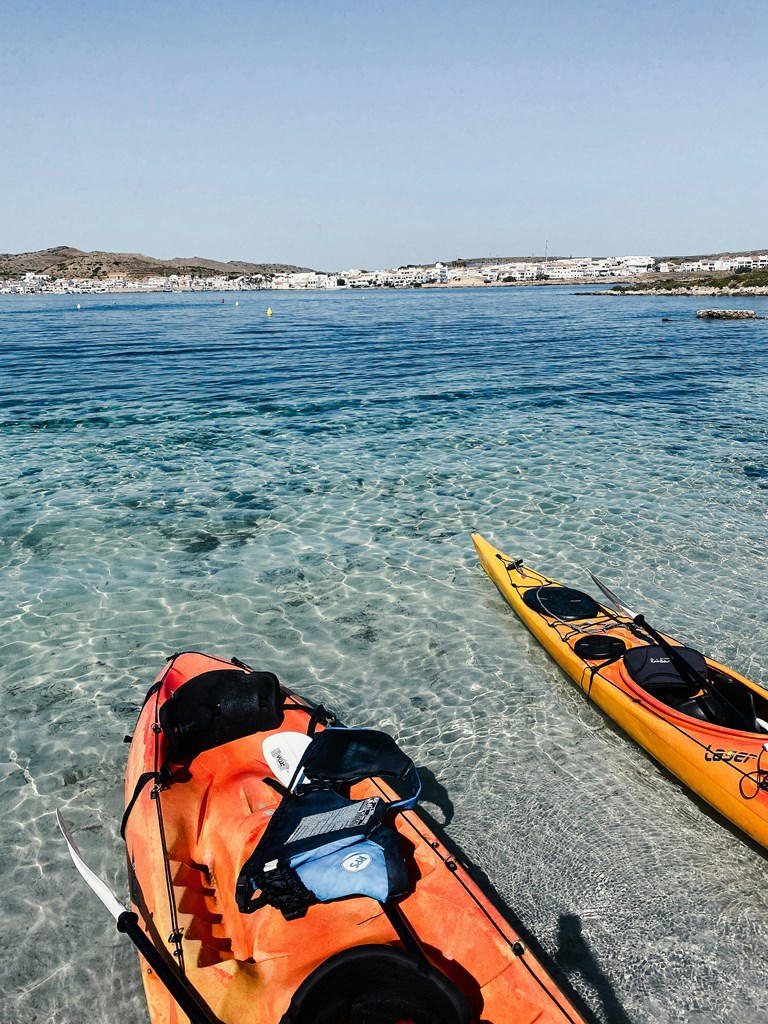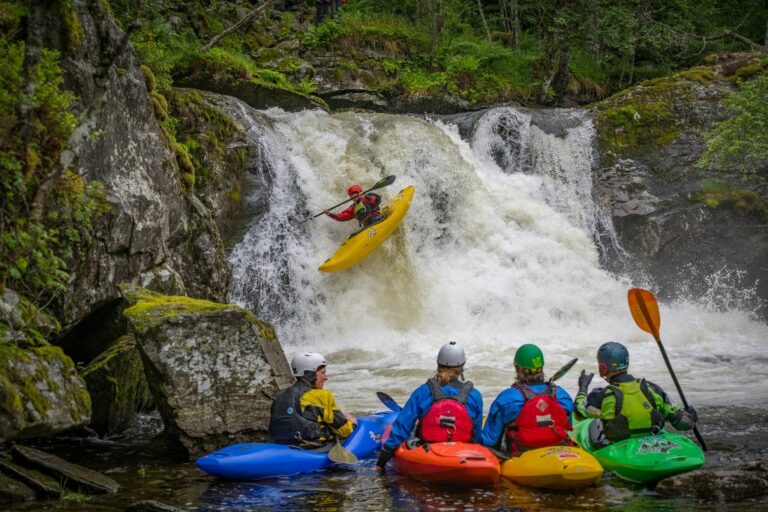
Embarking on a tandem kayaking adventure promises double the fun and double the adventure! These specially designed kayaks accommodate two paddlers, making them an ideal choice for various water excursions. Whether you’re envisioning a leisurely day trip or an ambitious multi-day tour, a tandem kayak can be your gateway to exploration on the water. So grab a partner, paddle in sync, and let the waves carry you toward unforgettable experiences!
Table of Contents
Why Choose Tandem?
Tandem kayaks offer several advantages over solo kayaks, making them a great choice for a variety of situations:
- Introducing New Paddlers: Feeling nervous about their first kayaking experience? A tandem kayak allows a beginner to learn the ropes alongside a seasoned paddler, building confidence and enjoyment from the get-go.
- Sharing the Adventure: Don’t have a paddling partner? No problem! Tandem kayaks let you bring a non-paddler along for the ride, whether it’s a young child, a less mobile friend, or even your furry companion.
- Space Efficiency: Limited storage or transportation options? A single tandem kayak takes up less space than two solo ones, making it a practical choice for double the fun!
Tandems Types
Tandem kayaks come in two main configurations: sit-in and sit-on-top. Each offers distinct advantages for different paddling styles:
- Sit-On-Top Tandems: Perfect for leisurely paddles and enjoying the sunshine. These kayaks provide easy entry and exit from the water, making them ideal for recreational kayaking and splashing around.
- Sit-Inside Tandems: Ideal for longer tours and rougher conditions. The enclosed cockpit provides better protection from wind and waves, making them more efficient for covering distances and tackling challenging waters.
Tandem Kayak Paddling Technique Guide
Here are some pro tips to ensure your tandem kayak adventures are smooth paddling!
- Paddle in sync. Not only will you prevent paddle collisions, but you’ll also glide through the water more swiftly. It’s all about honing your team’s rhythm.
- Position the stronger paddler at the rear. The more experienced team member should occupy the back seat, taking charge of steering. Meanwhile, the front paddler sets the pace, which the rear paddler synchronizes with.
- Turning your tandem kayak is a fun and easy skill to master. The front paddler employs the forward stroke at the same time the back paddler uses a backward stroke on the opposite side. Voilà! (There’s a video link at the bottom of this page. It will demonstrate for you.)
- Tandem kayaks are inherently stable due to their wider design. While capsizing is unlikely, if you’re accompanied by someone who isn’t a strong swimmer, it’s prudent to stay near the shore. And remember, always wear a Personal Flotation Device (PFD) for safety
How can I improve my paddling coordination with a partner?
Paddling in sync with a partner requires more than just physical coordination—it demands clear communication and a shared understanding of roles and techniques. Here are some essential tips to enhance your tandem kayaking coordination:
- Seating Arrangement: Optimal seating order matters. Place the heavier and more skilled paddler in the rear for stability and control. The lighter, less experienced paddler ought to be seated in the front, establishing the pace and rhythm.
- Synchronize Paddling Strokes:
- Paddle in Unison: Both paddlers must work together harmoniously. Agree on which side to paddle, then alternate sides together, maintaining a steady rhythm.
- Front Paddler Leads: The person in front sets the pace.
- Rear Watches Front: The rear paddler keeps an eye on the front paddler.
- Rear Paddler Steers: Responsible for steering the kayak.
- Communication: Involves the use of verbal and non-verbal cues to coordinate effectively.
- Turning Techniques:
- For sharp turns, use opposing sweeps (one paddler on each side).
- For gradual turns, synchronize sweeps (both paddlers on the same side).
- The rear paddler is responsible for steering when turning.
- Effective Communication:
- Agree on Signals: Before launching, discuss verbal and non-verbal signals.
- Maintain Rhythm: Use a count or simple cues to stay synchronized.
- The rear paddler: communicates manoeuvres to ensure both parties are informed.
- Practice and Patience: Developing coordination takes time. Be patient, communicate openly, enjoy and share learning experiences on the water!
Tandem Kayaking Adventure: Conclusion
Whether you’re gliding across serene lakes or venturing into the vast ocean, tandem kayaks offer a unique experience. Bring a friend along, and together, explore the waterways. Who knows? You might just fall in love with the rhythm of paddling side by side!






